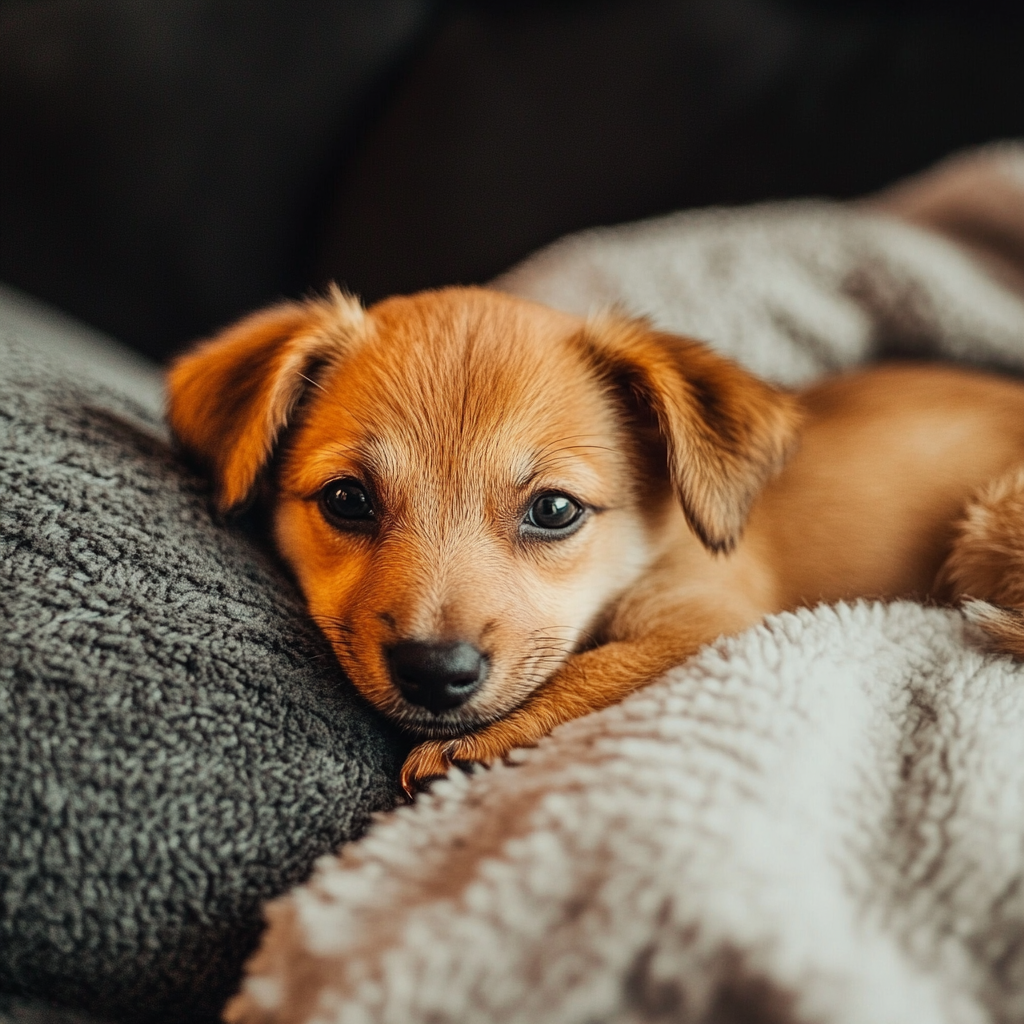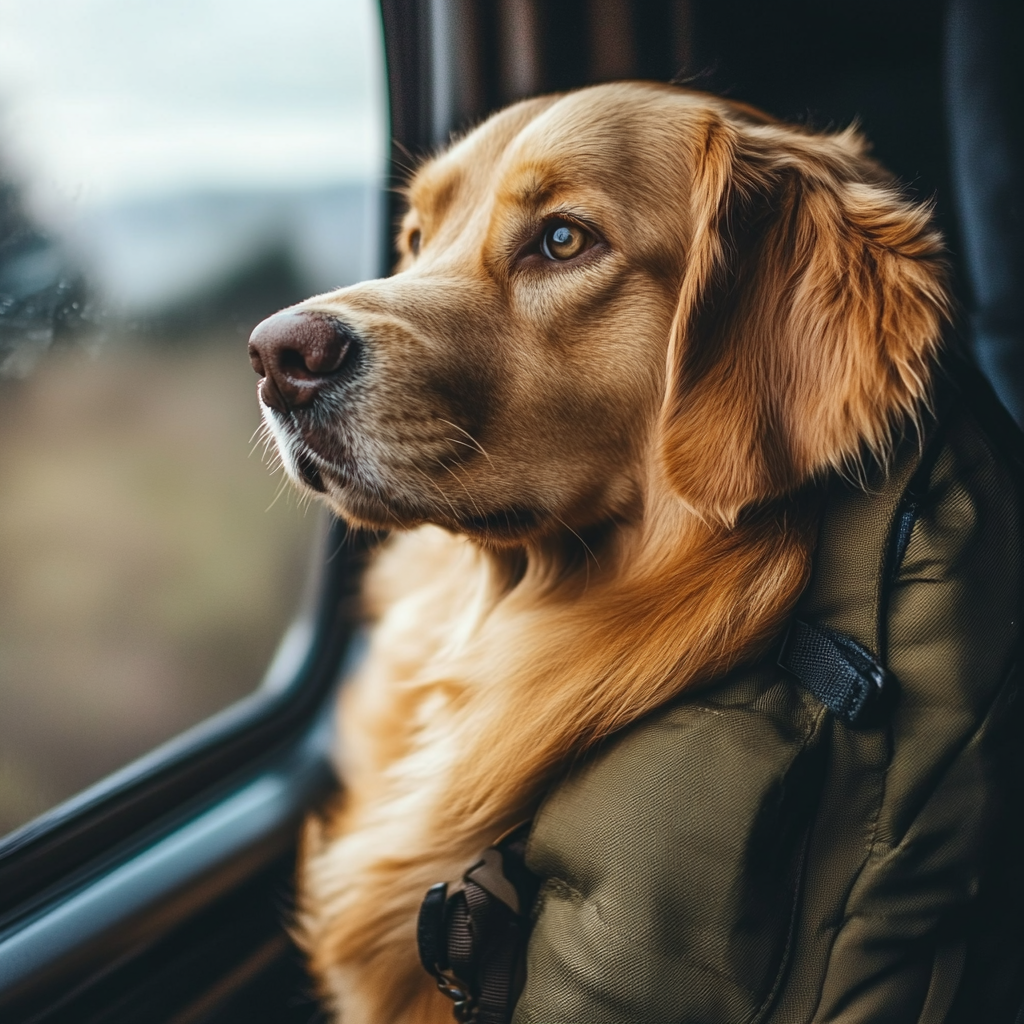Congratulations! You’ve just made one of the most exciting decisions of your life—bringing home a new puppy. From wagging tails to those adorable puppy eyes, your new furry friend is sure to bring endless joy to your home. However, day one is crucial for setting the tone for your puppy’s future. It’s not just about cuddles and cute Instagram photos. Day one is a foundational moment that can significantly impact your puppy’s behavior, health, and overall development. In this guide, we’ll walk you through everything you need to know to make your puppy’s first day as smooth as possible.
Bringing Home a New Puppy
Why Day One is Important for Your Puppy’s Future
The Importance of a Good Start
Your puppy’s first day at home is more than just an introduction; it begins a lifelong relationship. A good start establishes a sense of security and trust, fostering a positive environment that will help your puppy thrive. By making thoughtful preparations and setting clear expectations, you can ensure a smooth transition for you and your new furry friend.
Impact on Puppy’s Behavior and Development
The experiences your puppy has on their first day can shape their behavior and development for years to come. Positive interactions, a safe environment, and immediate training can all contribute to a well-adjusted, happy dog. Conversely, stressful or negative experiences can lead to anxiety and behavioral issues. Thus, planning and executing day one effectively is essential for long-term success.
Preparing Your Home

Puppy-Proofing Your Space Identifying Potential Hazards
Before bringing your puppy home, it’s essential to puppy-proof your space. Look for potential hazards like electrical cords, small objects that could be swallowed, and toxic plants. Secure these items to prevent accidents and ensure your home is a safe environment for your new puppy.
Creating Safe Zones for Your Puppy
Designate specific areas in your home where your puppy can roam freely. Use baby gates to block off restricted areas. Creating safe zones helps in managing your puppy’s activities and prevents them from getting into trouble.
Gathering Essential Supplies
Food and Water Bowls
Invest in sturdy, non-tip bowls for food and water. Stainless steel or ceramic bowls are ideal as they are easy to clean and more hygienic.
Bedding and Crate
A comfortable bed and a crate are essential. The crate serves as a safe space for your puppy and aids in potty training. Make the crate cozy with soft bedding and introduce it as a positive place.
Toys and Chew Items
Puppies love to chew, so provide a variety of toys and chew items to keep them entertained and to relieve teething discomfort. Choose safe, durable toys that are appropriate for your puppy’s age and size.
Puppy Food and Treats
Select high-quality puppy food and treats. Consult your vet for recommendations that suit your puppy’s breed and size. Having the right food helps in maintaining your puppy’s health and energy levels.
Setting Up a Safe Space
Choosing the Right Location
Choose a quiet, low-traffic area in your home for your puppy’s safe space. This area should be away from loud appliances and provide a sense of security and comfort.
Preparing a Comfortable Area for Rest and Sleep
Set up a cozy corner with your puppy’s bed, crate, and some toys. This will be your puppy’s retreat when they need rest or feel overwhelmed. Make it inviting and comfortable to encourage your puppy to use it.
The Journey Home
Transporting Your Puppy Safely Car Safety Tips
Ensure your puppy’s safety during the car ride home by using a pet carrier or a dog seatbelt. This prevents them from moving around the vehicle and minimizes the risk of injury.
What to Bring for the Ride
Pack essentials like a blanket, water, and a small amount of food or treats. Having these items handy can make the trip more comfortable for your puppy and help keep them calm.
Managing Stress During Travel

Recognizing Signs of Stress
Watch for signs of stress such as whining, drooling, or trembling. Understanding these signs can help you take steps to comfort your puppy during the trip.
How to Keep Your Puppy Calm
Speak softly and offer gentle pets to reassure your puppy. Playing calming music and maintaining a peaceful environment can also help reduce travel-related stress.
Introducing Your Puppy to Their New Home
The First Few Minutes
When you first arrive home, give your puppy time to sniff around and get acquainted with their new surroundings. Avoid overwhelming them with too many new experiences at once.
Allowing Your Puppy Explore at Their Own Pace
Allow your puppy to explore their new home at their own pace. Supervise their exploration to ensure they don’t encounter any hazards.
Introducing Family Members
The Right Way to Introduce Children
Teach children to approach the puppy calmly and gently. Supervise interactions to ensure the safety and comfort of both the puppy and the children.
Managing Other Pets’ Reactions
Introduce your existing pets to the new puppy gradually. Keep initial meetings short and positive to build a friendly relationship between them.
Establishing Boundaries Early
Setting Rules and Expectations
Establish rules and boundaries from day one. Consistency is key to helping your puppy understand what’s expected of them.
Creating a Routine from Day One
Develop a routine for feeding, potty breaks, playtime, and sleep. A consistent schedule helps your puppy feel secure and understand their daily activities.
Feeding and Hydration
First Meal at Home: When and How to Feed Your Puppy
Feed your puppy a small meal soon after arriving home. Follow feeding guidelines provided by your vet or the food manufacturer to ensure proper nutrition.
Tips for a Smooth Transition to New Food
If you’re switching food brands, do it gradually to avoid digestive upset. Mix the new food with the old in increasing amounts over a week.
Keeping Your Puppy Hydrated

Importance of Water Access
Ensure your puppy has access to fresh water at all times. Hydration is crucial for their overall health and well-being.
Monitoring Water Intake
Keep an eye on your puppy’s water intake, especially during house training. Monitor for any signs of excessive thirst or dehydration.
Potty Training from Day One
Choosing the Right Spot: Indoor vs. Outdoor Potty Training
Decide whether you’ll train your puppy to go indoors or outdoors. Both methods have their pros and cons. Consistency is key regardless of your choice.
Using Puppy Pads or Litter Boxes
Use puppy pads or a litter box if you opt for indoor training. Place them in a designated area to help your puppy associate the spot with potty time.
Establishing a Routine
Frequency of Potty Breaks
Take your puppy out for potty breaks frequently, especially after meals, playtime, and naps. Consistent breaks help reinforce the desired behavior.
Recognizing Signs That Your Puppy Needs to Go
Learn to recognize signs that your puppy needs to go potty, such as sniffing around, circling, or whining. Promptly take them to the designated potty area.
Sleep and Rest
Creating a Bedtime Routine: How Much Sleep Does a Puppy Need?
Puppies need a lot of sleep, usually around 18-20 hours a day. Ensure they have a quiet, comfortable place to rest.
Setting Up a Sleep Schedule
Establish a consistent bedtime routine to help your puppy understand when it’s time to sleep. This can include a small meal, a walk, and some quiet time.
Dealing with Night Time Whining
Why Do Puppies Whine at Night?
Puppies may whine at night due to loneliness, discomfort, or the need to go potty. Understanding the cause can help you address it effectively.
How to Soothe Your Puppy for Better Sleep
Provide comfort items like a warm blanket or a clock that mimics a heartbeat. Gradually help your puppy get used to sleeping alone.
Basic Training and Socialization
Introduction to Basic Commands
Teaching “Sit,” “Stay,” and “Come”
Start with basic commands like “sit,” “stay,” and “come.” Use positive reinforcement techniques such as treats and praise to encourage good behavior.
Positive Reinforcement Techniques
Reward your puppy immediately after they perform the desired behavior. Consistency and patience are key to successful training.
Socializing Your Puppy
Exposing Your Puppy to Different Environments
Expose your puppy to various environments, sounds, and experiences. This helps them become well-adjusted and confident in different settings.
Safely Meeting Other Dogs and People
Introduce your puppy to other dogs and people in a controlled and positive manner. Socialization is crucial for their development and behavior.
Monitoring Your Puppy’s Health
First Vet Visit
When to Schedule the First Appointment
Schedule your puppy’s first vet visit within the first week of bringing them home. Early check-ups ensure your puppy is healthy and up-to-date on vaccinations.
What to Expect During the Visit
The vet will perform a thorough examination, discuss vaccinations, and provide guidance on nutrition and care. Prepare any questions you have in advance.
Identifying Signs of Illness
Common Health Issues in Puppies
Be aware of common health issues in puppies, such as parasites, respiratory infections, and digestive problems. Early detection is key to effective treatment.
What to Do If Your Puppy Seems Unwell
If your puppy shows signs of illness, such as lethargy, vomiting, or diarrhea, contact your vet immediately for advice and treatment.
Bonding with Your Puppy
Building Trust: How to Create a Strong Bond
Spend quality time with your puppy, engaging in activities they enjoy. Building trust is essential for a strong, lifelong bond.
The Importance of Spending Quality Time Together
Regular playtime, training sessions, and cuddles help strengthen your relationship with your puppy. They will learn to look to you for guidance and comfort.
Engaging in Play
Choosing Appropriate Games and Toys
Select games and toys that are safe and suitable for your puppy’s age and size. Interactive toys can keep them mentally stimulated and physically active.
Balancing Playtime and Rest
Ensure a balance between playtime and rest. Puppies can easily become overstimulated, so providing adequate downtime is essential for their well-being.
conclusion
Bringing home a new puppy is an exhilarating experience filled with joy and challenges. By following these essential tips, you can ensure a smooth and positive start for your furry friend. Remember, consistency, patience, and love are key to forming a lifelong bond with your puppy.
Frequently Asked Questions
What Should I Do If My Puppy Is Too Anxious on the First Day?
If your puppy appears anxious on the first day, create a calm environment with minimal noise and distractions. Offer comfort through gentle petting and soothing words. Providing a favorite toy or blanket can also help ease their anxiety.
How Long Does It Take for a Puppy to Adjust to a New Home?
Puppies typically take a few days to a few weeks to adjust to a new home. Consistency in routines and positive reinforcement can help speed up this process. Be patient and understanding during this transition period.
Should I Let My Puppy Sleep in My Bed on the First Night?
While it might be tempting, it’s generally best to establish a separate sleeping area for your puppy from day one. This helps set boundaries and encourages independence. However, keeping their bed close to yours can provide comfort and ease nighttime anxiety.
What If My Puppy Refuses to Eat on the First Day?
It’s common for puppies to have a reduced appetite due to the stress of a new environment. Ensure they have fresh water and try offering small, frequent meals. If they continue to refuse food or show signs of illness, consult your vet for advice.
How Do I Handle Accidents During Potty Training on the First Day?
Expect a few accidents during the initial stages of potty training. Clean up accidents promptly and use an enzyme cleaner to eliminate odors. Consistently take your puppy to their designated potty spot and reward them when they go to the right place. Patience and persistence are key.

